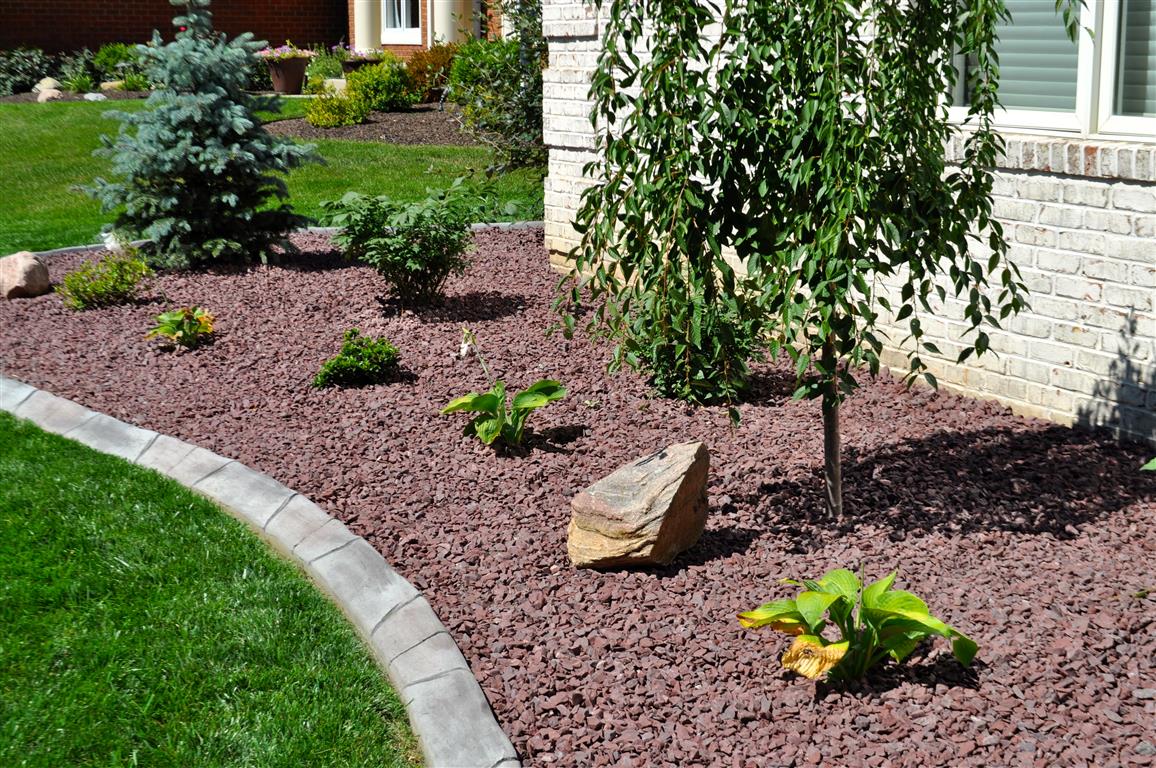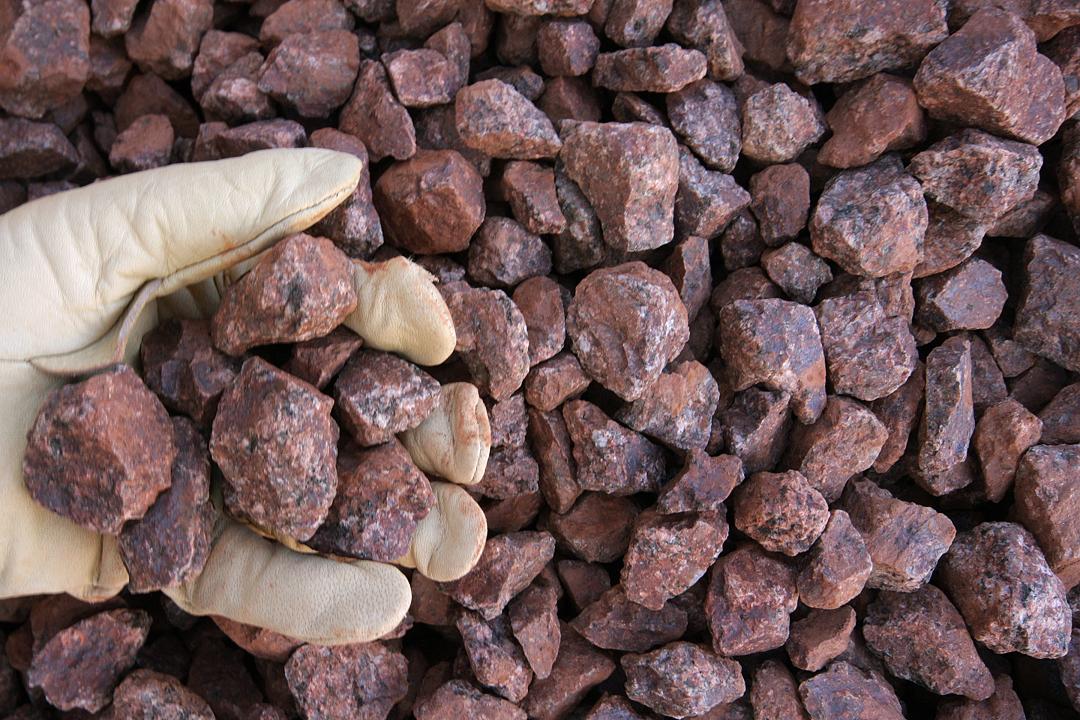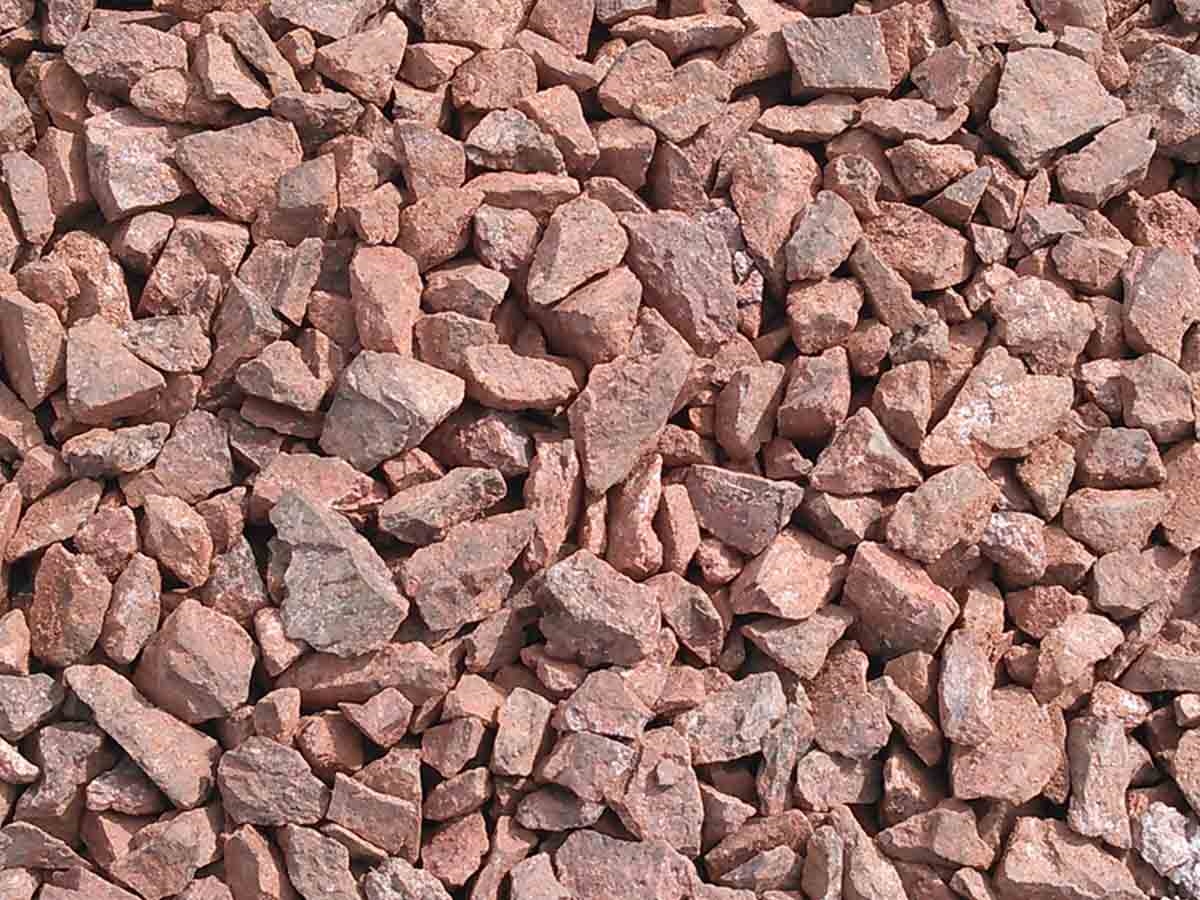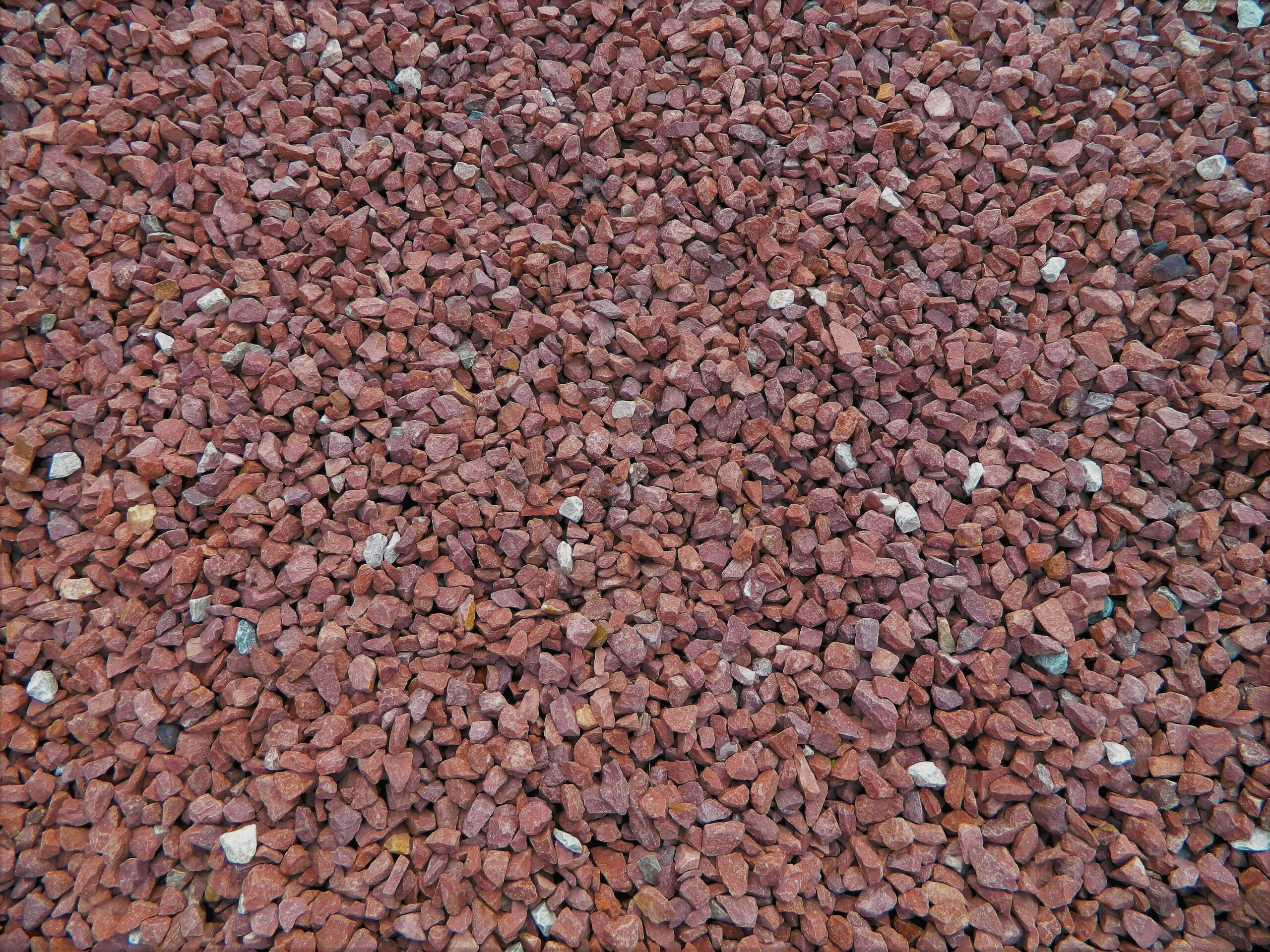Introduction: The Appeal of Red Decorative Rocks
Have you ever walked through a garden, and something just stood out? For me, it was the stunning contrast of vibrant red decorative rocks against lush greenery. The right landscaping materials can transform an ordinary garden into an extraordinary outdoor sanctuary. In this article, we will explore the world of red decorative rocks, examining their benefits, types, installation tips, and creative uses. So let’s dive in and discover how these colorful stones can enhance your outdoor spaces!
Understanding Red Decorative Rocks
Red decorative rocks are not just visually appealing; they serve a variety of functional purposes. From weed suppression to soil erosion prevention, these rocks are a versatile choice for many landscaping projects. Let’s take a closer look at the characteristics that make them such an attractive option.
What Are Red Decorative Rocks?
Red decorative rocks are naturally occurring stones that are generally used in landscaping. They come in various shapes and sizes, from small pebbles to larger boulders, and their rich red hue comes from minerals like iron oxide. This gives them their distinctive color, making them a popular choice for aesthetic enhancement.
Common Types of Red Decorative Rocks
- Red Lava Rock: Known for its porous texture, it is lightweight and excellent for drainage.
- Red River Rock: Smooth and rounded, perfect for pathways and decorative borders.
- Crushed Red Granite: Sharp-edged pieces, often used for mulch and ground cover.
- Red Quartzite: Durable and beautiful, great for driveways or garden features.
Benefits of Using Red Decorative Rocks
Incorporating red decorative rocks into your landscape design comes with numerous advantages:

1. Aesthetic Appeal
The vibrant color of red rocks can bring warmth and beauty to any garden or outdoor space. They create striking contrasts and focal points that can dramatically enhance the overall look of your landscape.
2. Low Maintenance
Unlike traditional mulch, decorative rocks don’t decompose, meaning you won’t have to replace them regularly. They require minimal maintenance, making them a practical choice for busy homeowners.

3. Weed Suppression
When properly laid, red decorative rocks can help prevent weeds from growing, reducing the need for chemical herbicides and manual weeding.
4. Soil Erosion Control
Placing red rocks in areas prone to erosion can help stabilize the soil and prevent runoff, protecting your landscaping investment.

5. Soil Temperature Regulation
Rocks can help moderate soil temperature, keeping it cooler in the summer and warmer in the winter, which is beneficial for plant health.
Choosing the Right Red Decorative Rocks
With so many options available, selecting the right type of red decorative rock for your project can feel overwhelming. Here’s a comparison table to help you make an informed decision:

| Type | Aesthetic Appeal | Weight/Volume | Drainage | Cost |
|---|---|---|---|---|
| Red Lava Rock | High | Lightweight | Excellent | Low |
| Red River Rock | Moderate | Medium | Good | Moderate |
| Crushed Red Granite | High | Heavy | Moderate | Moderate to High |
| Red Quartzite | Very High | Heavy | Moderate | High |
Installation Tips for Red Decorative Rocks
Once you’ve selected the right type of red decorative rock, it’s time for installation. Here are some tips to ensure a successful project:

1. Preparation of the Area
Start by removing existing grass or weeds in the area where you plan to apply the rocks. This will prevent unwanted growth and ensure a tidy installation.
2. Landscape Fabric
Using landscape fabric beneath the rocks can help suppress weeds. Cut the fabric to fit the area and secure it in place before adding the decorative rocks.

3. Application Depth
Apply the decorative rocks at a depth of 2-3 inches. This will provide adequate coverage as well as prevent weed growth.
4. Raking and Leveling
Once installed, rake the rocks to level them out and create a uniform look. This also helps to prevent shifting and movement.

5. Edging for Borders
Consider adding an edging material like plastic or metal to contain the rocks and create a polished appearance.
Creative Uses of Red Decorative Rocks
Red decorative rocks can be used in a variety of ways to elevate your landscape design. Here are some inspiring ideas:
1. Pathways
Create a stunning walkway by using red river rocks or crushed granite. They provide a natural feel and are excellent for guiding visitors through your garden.
2. Rock Gardens
Combine red decorative rocks with drought-tolerant plants to create an eye-catching rock garden. The contrast of colors offers a vibrant look.
3. Mulch Alternative
Replace traditional mulch with crushed red granite or lava rocks around flower beds. This not only enhances the look but also helps with moisture retention.
4. Borders and Accents
Use red decorative rocks as borders around flower beds or to accent features in your yard like trees and shrubs.
5. Water Features
Adding red rocks around ponds or fountains can create a visually appealing frame that ties in with your overall design theme.
Pros and Cons of Red Decorative Rocks
Like any landscaping element, red decorative rocks come with their own set of pros and cons. Here’s a breakdown:
Pros
- Low maintenance
- Excellent drainage
- Weed suppression
- Aesthetic appeal
- Durability
- Variety of styles and types
Cons
- Can retain heat in hot climates
- Heavy and difficult to move
- Potential for shifting and movement
- Initial cost can be higher than traditional mulch
Frequently Asked Questions (FAQs)
1. How much do red decorative rocks cost?
The cost of red decorative rocks varies based on type, size, and location, typically ranging from $50 to $150 per ton.
2. Are red decorative rocks safe for pets?
Yes, red decorative rocks are generally safe for pets. However, be cautious with sharp-edged varieties like crushed granite.
3. Can red decorative rocks be used in flower beds?
Absolutely! They make a great alternative to mulch and can help with moisture retention while adding visual interest.
4. Do red decorative rocks fade over time?
Most red decorative rocks, especially those made of natural stone, retain their color over time, although some fading may occur due to sun exposure.
5. How do I clean red decorative rocks?
Rinse with water and use a stiff brush to remove dirt or debris. A hose or pressure washer can also be effective for heavier cleaning.